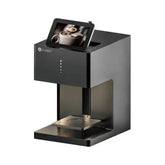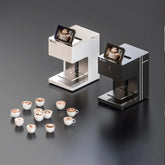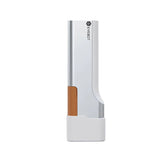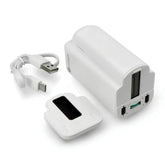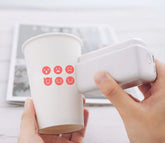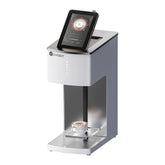Exploring the Benefits and Challenges of Edible Printing in the UK Food Industry
The UK food industry is constantly evolving, integrating innovative technologies to enhance culinary experiences. One such technological marvel is edible printing, which is revolutionising how we perceive food presentation and customisation. Let's delve into the manifold benefits and challenges that edible printing brings to the table in the UK.
What is Edible Printing?
Edible printing involves the use of specially formulated, safe-to-consume inks and substrates to create intricate, detailed designs directly onto food items. This technique enhances aesthetic appeal and offers a plethora of customisation options for culinary creations.
Benefits of Edible Printing
Customisation and Personalisation
Edible printing allows for high levels of personalisation. From bespoke cake decorations to custom-printed logos on confectionery items, the possibilities are substantial. This innovation is particularly beneficial for bakers and chocolatiers aiming to offer unique products tailored to customer preferences.
Enhanced Aesthetic Appeal
Visual presentation plays a pivotal role in the dining experience. Edible printing elevates the visual allure of dishes, which can significantly impact customer perceptions and satisfaction. In fact, in the blog post Why Edible Printing Could Be the Next Big Thing in British Cuisine, it’s discussed how this technology could indeed be the next trendsetter in British culinary circles.
Efficient and Cost-Effective
Although initial investments in edible printing equipment can be significant, long-term benefits include reduced labour costs and increased production efficiency. Technologies such as the PrintPen - portable food printer with edible ink (FDA Certified) make it viable for even smaller establishments to incorporate edible printing into their operations.
Safe and Certified
Safety is paramount in the food industry. Edible inks are formulated to meet rigorous health standards and certifications, ensuring they are completely safe for consumption. For instance, the ink used in the aforementioned PrintPen is FDA certified, providing assurance to consumers and business owners alike.
Challenges of Edible Printing
Technical Limitations
While edible printing offers incredible flexibility, it also comes with technical constraints. Certain complex designs may be difficult to achieve, and ensuring consistency and quality across products can be challenging.
Initial Setup Costs
The initial cost of acquiring edible printing technology may be prohibitive for some smaller businesses. Balancing the investment with anticipated returns requires careful consideration.
Consumer Acceptance
Introducing technology into food preparation can sometimes meet with scepticism. Overcoming consumer hesitance involves education and assurance regarding the safety and benefits of edible printed products. Articles like Unveiling the Science Behind Edible Printing in the UK help demystify the process and bolster consumer confidence.
Conclusion
Edible printing is poised to transform the UK food industry with its ability to customise, enhance aesthetics, and improve efficiency. While there are hurdles to overcome, the benefits it offers tend to outweigh the challenges. As the technology becomes more accessible and widely adopted, we can anticipate even more innovative culinary creations.
For more information, you can explore Evebot in the UK, where cutting-edge food printing solutions and insights into the technology await.
